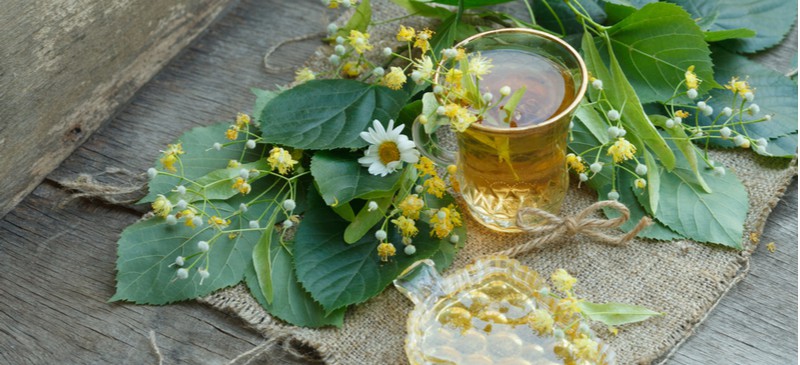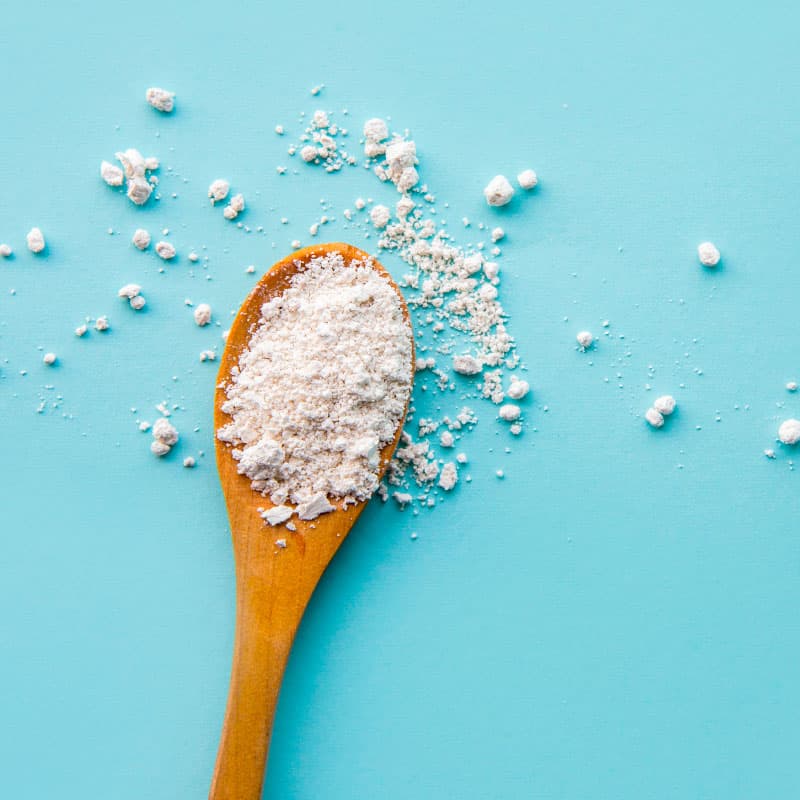This Dr. Axe content is medically reviewed or fact checked to ensure factually accurate information.
With strict editorial sourcing guidelines, we only link to academic research institutions, reputable media sites and, when research is available, medically peer-reviewed studies. Note that the numbers in parentheses (1, 2, etc.) are clickable links to these studies.
The information in our articles is NOT intended to replace a one-on-one relationship with a qualified health care professional and is not intended as medical advice.
This article is based on scientific evidence, written by experts and fact checked by our trained editorial staff. Note that the numbers in parentheses (1, 2, etc.) are clickable links to medically peer-reviewed studies.
Our team includes licensed nutritionists and dietitians, certified health education specialists, as well as certified strength and conditioning specialists, personal trainers and corrective exercise specialists. Our team aims to be not only thorough with its research, but also objective and unbiased.
The information in our articles is NOT intended to replace a one-on-one relationship with a qualified health care professional and is not intended as medical advice.
Linden Tea Benefits for the Body and Mind
September 24, 2020

As far back as the middle ages, people used various parts of the linden tree (also called “lime flower”) — such as in linden tea — for their natural ability to promote perspiration and detoxification, reduce pain, and decrease anxiety.
When consumed as an herbal medicine in the form of a tea, tonic, extract or topical solution, linden has been shown to be high in many antioxidants, volatile oils and other healing compounds. Among these are flavonoids, tiliroside, quercetin and kaempferol, which are associated with benefits such as reducing inflammation and swelling.
What Is Linden?
Linden tea is an herbal tea or “infusion “made from the leaves, flowers and bark of the Tilia genus of trees (also called linden trees).
The linden tree family — which includes species Tilia cordata, Tilia vulgaris, Tilia platyphyllos and Tilia tomentosa — is native to Europe and originated in locations such as Bulgaria, Romania, former Yugoslavia and Turkey. Today it’s grown in locations like France and England.
What does the name “linden” mean? Historically, it has been a popular boy’s name in countries such as England, although it’s become a more unisex name lately. It is associated with the linden tree that is said to be “sturdy and can live for centuries.”
Linden trees have dark gray bark, green heart-shaped leaves and yellow-green flowers. Different parts of the trees are dried and preserved to make teas, tinctures and other tonics that are rich in beneficial chemicals.
The tree species mentioned above are most widely grown because their parts contain some of the highest levels of tannins and mucilage compounds that make for the strongest extracts.
What is linden used for? Also sometimes called lime flower or basswood, it’s most often consumed for its natural sedative and anti-anxiety effects, but it can also help support heart health, digestion, the respiratory and immune systems, and more.
Consuming it as an anti-inflammatory tea is the most common way that this herbal remedy is utilized, but it’s also available in extract and tincture forms.
Linden Tea Benefits
Here is more about what research tells us about linden/linden tea benefits:
1. Provides Antioxidants and Other Beneficial Compounds
Studies have identified many health-promoting chemical constituents within linden trees, including:
- Flavonoids, such as kaempferol, quercetin, myricetin and glycosides.
- Volatile oils, including alkanes, phenolic alcohols and esters, and terpenes, including citral, citronellal, citronellol, eugenol, limonene, nerol and α-pinene.
- Other constituents, such as saponins, tannins and tocopherol.
- Amino acids, including alanine, cysteine, cystine, isoleucine, leucine, phenylalanine and serine.
- Carbohydrates in the form of mucilage polysaccharides, including arabinose, galactose, rhamnose and others.
While it’s a source of many antioxidants, research shows it’s especially high in flavonoids, tiliroside, quercetin and kaempferol. These compounds have been shown in many studies to offer protection against free radical damage and oxidative stress, which can damage cells.
Higher intake of these chemicals can also help support eye, heart and skin health and may generally reduce the risk of certain chronic diseases.
2. Can Help Reduce Anxiety
One traditional use of linden was “quelling hysteria” and decreasing anxiety-related symptoms, such as indigestion, heart palpitations and vomiting.
Why is linden tea good for anxiety? Recent studies suggest that linden extract may have calming effects because it mimics the effects of the neurotransmitter GABA, which inhibits excitability in the nervous system.
The presence of antioxidants such as flavonoids is also thought to help regulate nervous system activity.
Some people report experiencing a decrease in blood pressure and tension-related pain, such as tension headaches, when using linden. It may also help improve sleep quality by boosting relaxation and reducing discomfort.
Does linden tea have caffeine? No; it’s naturally caffeine free and considered an herbal tea.
This makes it a good choice if you’re sensitive to the effects of caffeine and tend to become jittery or nervous when consuming it.
3. Supports Detoxification and Digestive Health
Like certain other herbal teas, including dandelion tea, there’s evidence suggesting that linden can act like a natural diuretic, helping reduce fluid retention and swelling while supporting overall digestive function.
It’s also used to promote sweating in order to boost detoxification and as a mucilage to help those who are sick to release phlegm. It’s described as having demulcent and antispasmodic properties that can help decrease coughs, flu and bronchitis symptoms, and other respiratory issues.
4. May Help Reduce Pain and Inflammation
Certain studies suggest that antioxidants found in linden, including tiliroside and quercetin, are capable of decreasing inflammation, swelling and pain. This can potentially lead to benefits for those with conditions such as arthritis or fibromyalgia.
(Another tea that can help alleviate pain is ginger tea.)
5. May Help Reduce Blood Pressure
Linden is thought to be a natural vasodilator, meaning that it helps dilate blood vessels and can lower blood pressure. This is one way in which it may decrease anxiety symptoms, headaches, etc.
Risks and Side Effects
Is Linden tea safe? Overall, studies have demonstrated that it’s typically well-tolerated and safe for most adults to consume in moderate amounts.
“Moderate intake” is considered to be between two to four grams of the tea blend per day, which is about three to four cups. Drinking more than this may potentially cause side effects such as changes in blood pressure and digestion, so it’s best to stick within this range.
You shouldn’t consume linden if you’re pregnant (not enough information is available on its safety), have heart disease or if you’re allergic to pollen.
People taking diuretics or medications containing lithium should not drink linden tea since it can potentially interact with these drugs. Those with a history of heart disease should also be precautious when beginning to use linden tea, especially if drinking it often and for long periods of time.
How to Make It
In order to make linden tea, the leaves, flowers and bark are dried, boiled and steeped in water, creating a “herbal infusion.” When purchasing a loose leaf blend from a tea shop or online, look for the species name Tilleul.
You can make your own linden tea at home by steeping dried parts (flowers, leaves, bark) in hot water for about 5 to 10 minutes or overnight in room temperature water. Use about 1.5 grams of loose tea for every 8-ounce serving you make.
Use either premade tea bags or loose leaves/flowers/bark in a tea strainer or mesh. You’re more likely to make a strong and effective tea if you buy loose leaves/flowers that have been recently dried, rather than using premade tea bags.
What does Linden smell like? It’s described as being similar to chamomile tea and having a faint aromatic and floral odor and a mild, sweet and “mucilaginous” (or bitter) taste.
Some also find that it subtly tastes like “flowers and woods.”
Teas with higher tannin levels and low mucilage content are more aromatic and flavorful overall. You can also boost the health benefits and flavor by adding other herbs and spices, such as ginger, turmeric, etc.
Other Uses
Aside from the benefits and uses described above, other ways in which various parts of the linden tree are used include:
- Making cough drops
- Producing sweet sap or flavored oils
- Helping treat epilepsy
Conclusion
- Linden tea comes from the Tilia species of trees, which have been used in Europe for many centuries to treat conditions such as anxiety, pain, coughs and high blood pressure.
- Various parts of these trees, including the flowers, bark and leaves, are used to make teas, infusions, tonics and extracts that can help combat inflammation, swelling and fluid retention.
- Beneficial compounds found within linden include antioxidants like flavonoids, quercetin, tiliroside and kaempferol; volatile oils; and amino acids.
- What is linden tea good for? Linden tea benefits can include having a calming effect, soothing the digestive tract, and acting like a natural diuretic and mucilage.









